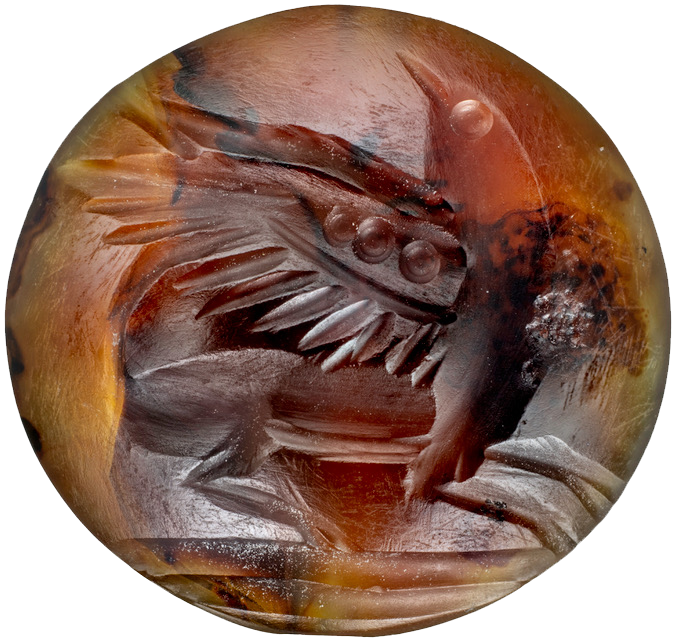Romanou
During the summer of 2015, the project excavated portions of a Mycenaean settlement near the modern town of Romanou.

From May 18 – June 26, 2015 during the excavation of the Griffin Warrior Tomb, the team also operated at a site several kilometers away.
The site, which is on property belonging to Costa Navarino Luxury Resorts and Residences, is located about 8 km down the road from the Palace of Nestor. This excavation’s goal was to build upon previous work conducted between the fall of 2014 and spring of 2015 by the 38th Ephorate and Sharon Stocker. The Romanou site is divided into five areas (A, B, C, D, and E,) of which, three (B, C, and E) were excavated in May and June of 2015.
Area B
Supervisors
Deborah Nadal Koussiounelos
Sharon Stocker
Hüseyin Çınar Öztürk
Overview
Area B lies on the southern half of the site, has a dirt road stretching across it, and in contrast to the surrounding areas, was neither overgrown nor an olive grove at the start of the excavation. Instead, it was an empty plot of land formerly used for greenhouse agriculture which left distinctive marks in the soil about half a meter deep.
Since the area had been excavated intensely in the past, the new trenches were created based on previous ones, with old and new limits often abutting each other and underlying structures mapped in virtual trenches that combined multiple physical ones.
Goals
- To get a better sense of the Early Helladic II architecture, especially regarding the presence of multiple architectural phases–or lack thereof
- To explore trenches excavated by the 38th Ephorate in order to identify cultural deposits, which could have been earlier or later than the already unearthed Early Helladic II contexts and architecture
- To complete the excavation of the partially exposed pithos in trench R-B02 to determine its date and function
Area C
Supervisor
Deborah Nadal Koussiounelos
Overview
Area C sits to the east of the dirt road that stretches through the site. Activity in this area was limited during the summer season of 2015. Apart from cleaning the pithos burial, there was otherwise only a very small scale excavation of the surrounding stone concentration.
Goals
- To continue the investigation of the burial pithos and the surrounding stone concentration in order to clarify its construction date. These were originally excavated in the winter of 2015 by Dr. Stocker’s team and archaeologists affiliated with the 38th Ephorate.
- To open test trenches around the burial to see if this part of the site is a dedicated burial ground
Area E
Supervisor
Jeffrey R. Banks
Overview
Area E is located southeast of Areas B and C just west of the main road. As a former olive grove, its upper section of soil contained many tree roots, which disturbed parts of the cultural deposits. Since the area had been explored during the winter of 2015, most of the trenches were either fully or mostly excavated by the summer season. This allowed the team to delineate an additional division of the area. The western trenches in Area E contained building structures that indicated that they were originally interior spaces, whereas the eastern trenches had no sign of architecture.
Goals
- To confirm that the walls exposed in Area E belong to a single structure (coined “the Pithos House” by previous excavators). This would mean that they demarcate a rectangular interior space in the middle of Area E
- To investigate a bedrock outcropping that contained a central hollow. The nature and function of this would depend on whether the walls form a single building, since, if that were the case, it would lie in the middle of an interior room.
- To finish excavating the in-situ Early Helladic II destruction deposits that had been assessed in the winter of 2015




